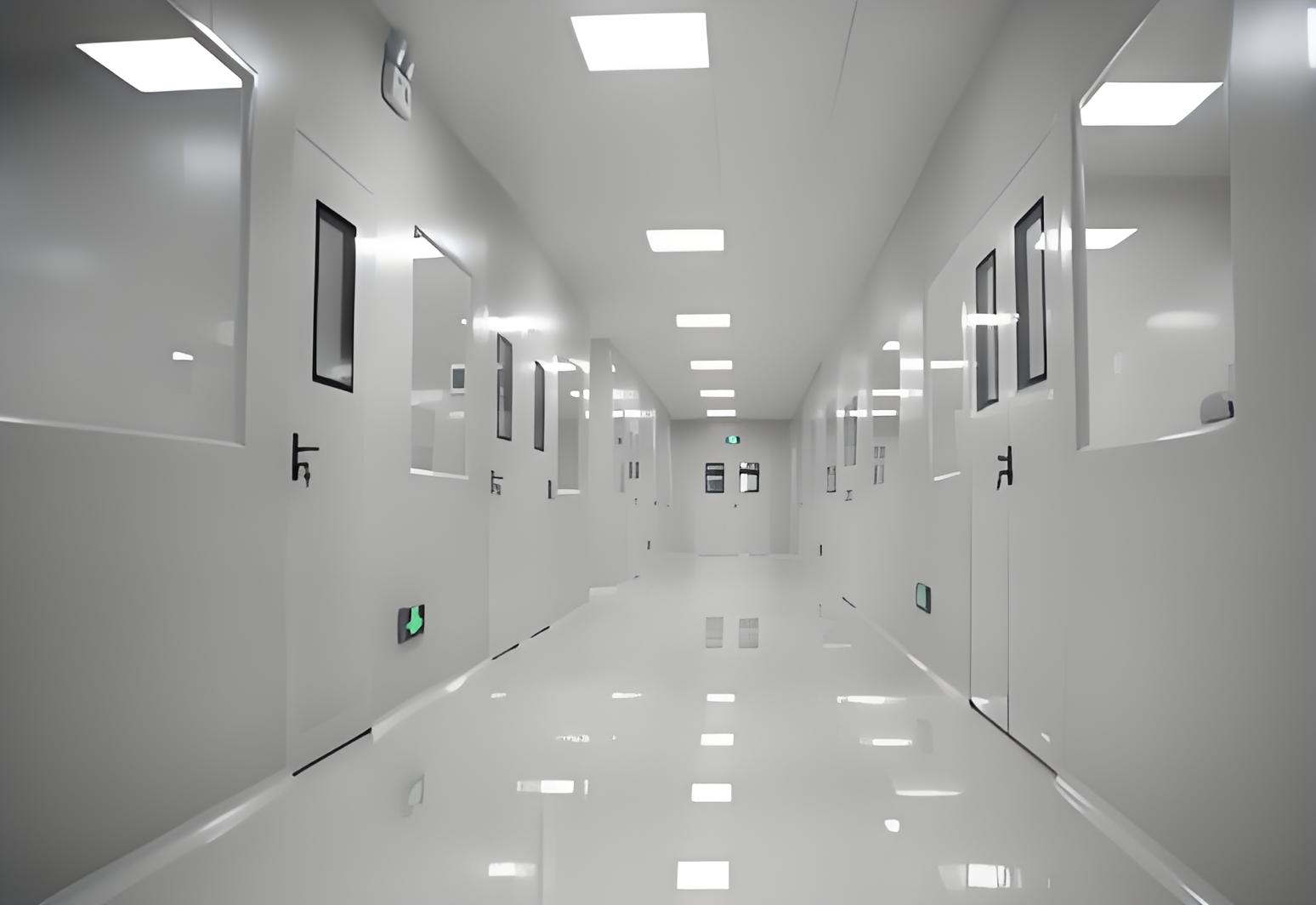
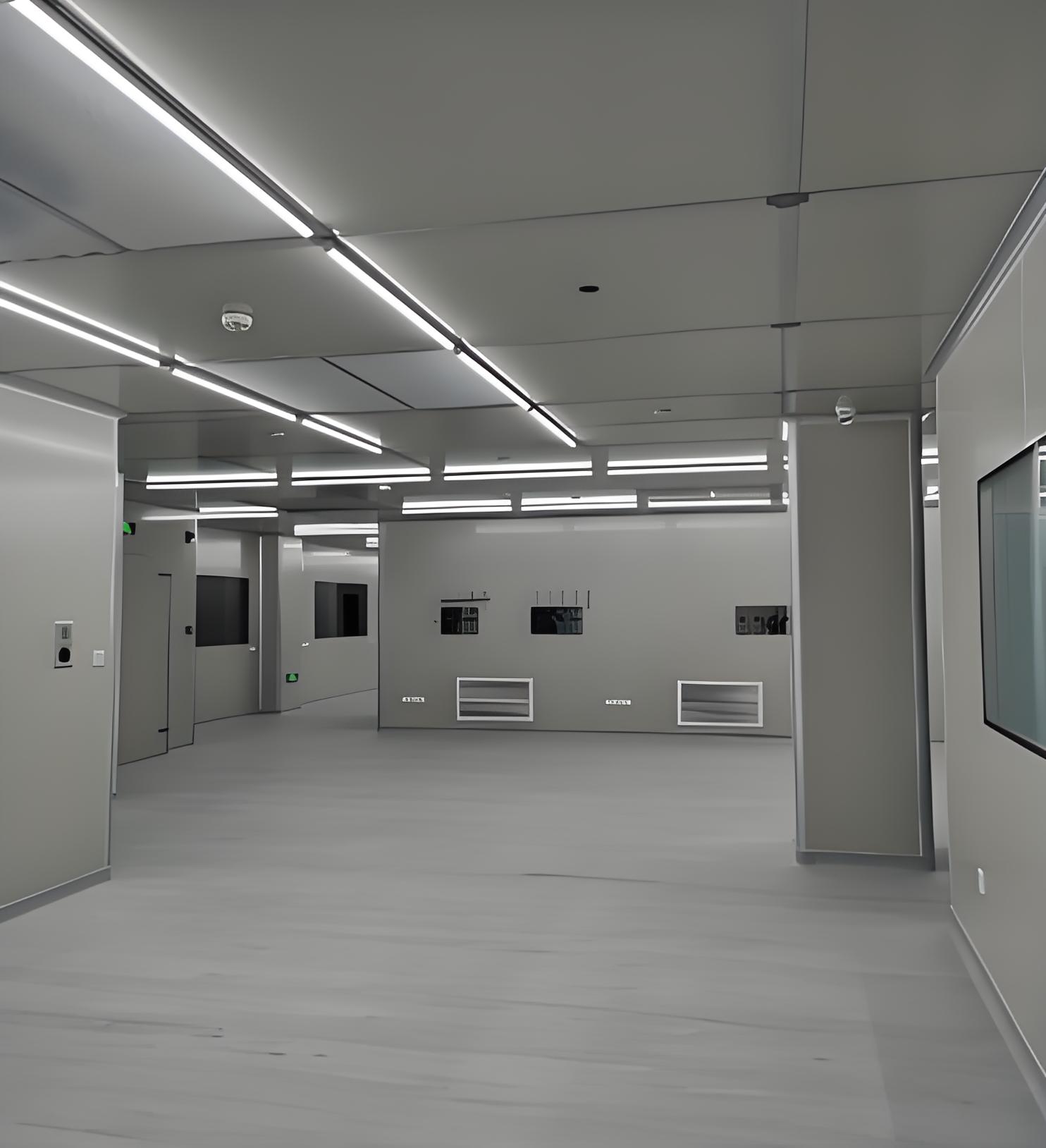
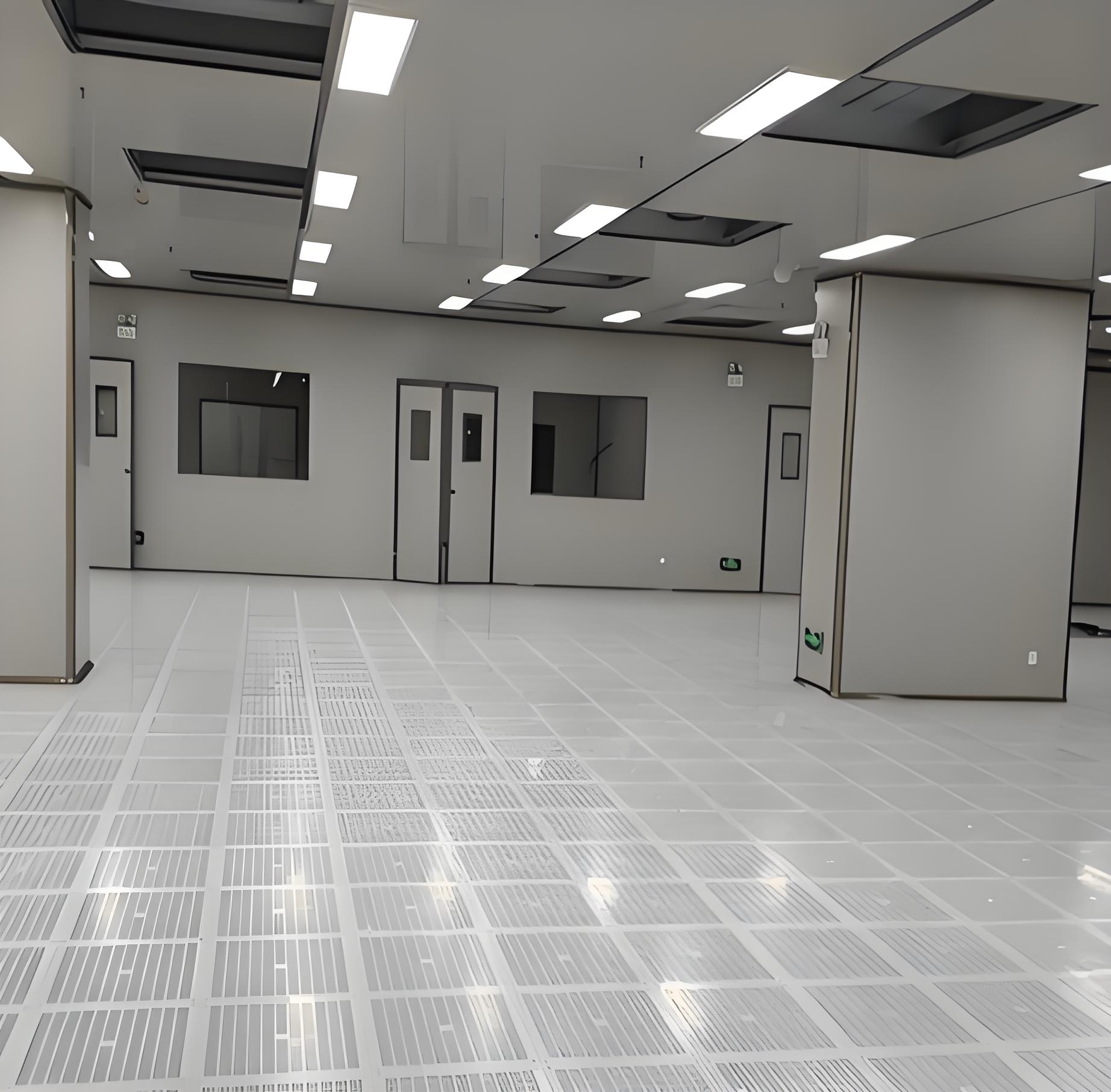


In today's highly regulated and technologically advanced industries, maintaining a pristine environment is not just a preference—it's a necessity. From pharmaceutical manufacturing to semiconductor production, the need for contamination-free spaces has never been greater. At the heart of these controlled environments lies clean room HVAC control, a specialized system designed to regulate temperature, humidity, air pressure, and particulate levels with precision. Unlike standard HVAC systems, which focus primarily on comfort, clean room HVAC control ensures that stringent environmental standards are met to protect sensitive processes and products. This article delves into the critical aspects of clean room HVAC control, exploring its components, strategies, standards, benefits, and challenges. By understanding these elements, businesses can optimize their operations, comply with regulations, and safeguard their investments. Whether you're a facility manager, an engineer, or an industry stakeholder, grasping the intricacies of clean room HVAC control is key to achieving operational excellence and maintaining a competitive edge.
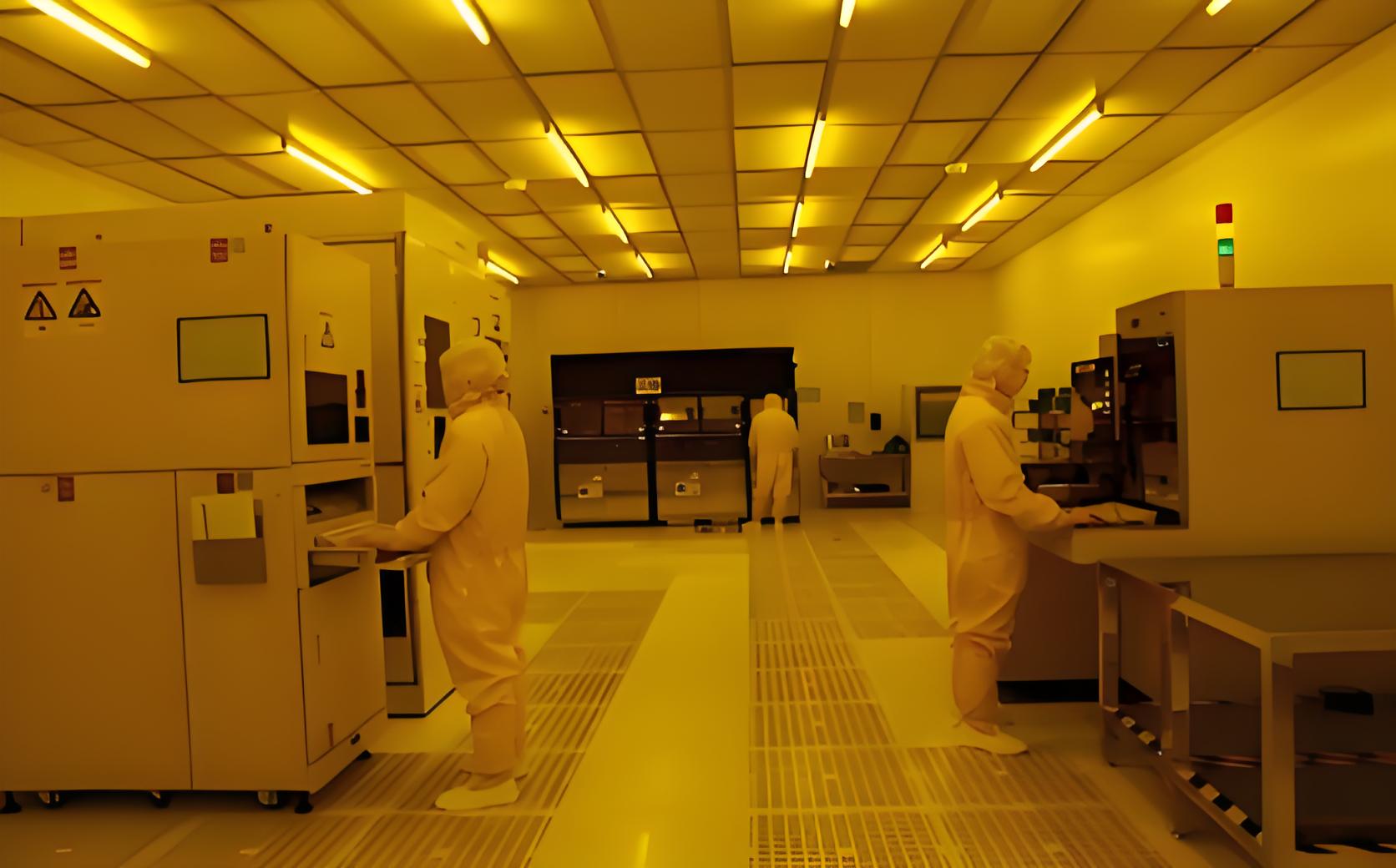
Clean room HVAC control refers to the sophisticated systems and strategies used to maintain specific environmental conditions within a clean room. A clean room is a controlled space where pollutants like dust, airborne microbes, and chemical vapors are kept within strict limits. The primary goal of clean room HVAC control is to ensure that temperature, humidity, air pressure, and air cleanliness levels remain consistent, thereby preventing contamination that could compromise product quality or safety. This is achieved through a combination of filtration, ventilation, and monitoring technologies. For instance, in industries like biotechnology or electronics, even minor deviations in environmental parameters can lead to costly failures or health risks. Thus, clean room HVAC control is not just about comfort; it's about precision and reliability. By integrating sensors, actuators, and control algorithms, these systems provide real-time adjustments to maintain optimal conditions. Understanding the fundamentals of clean room HVAC control is the first step toward implementing effective solutions that meet industry demands.
A robust clean room HVAC control system comprises several essential components that work together to achieve desired environmental conditions. First, air handling units (AHUs) are critical, as they condition the air by heating, cooling, humidifying, or dehumidifying it. These units are equipped with high-efficiency particulate air (HEPA) or ultra-low penetration air (ULPA) filters, which remove particles as small as 0.3 microns, ensuring the air entering the clean room is exceptionally clean. Second, ductwork and airflow distribution systems are designed to promote laminar or turbulent airflow patterns, minimizing particle accumulation. Third, sensors and monitors continuously track parameters like temperature, humidity, pressure differentials, and particle counts, feeding data to the clean room HVAC control system for automated adjustments. Fourth, control panels and software act as the brain of the operation, processing data and executing commands to maintain stability. Finally, backup systems, such as redundant fans or power supplies, provide fail-safes to prevent downtime. Each component must be meticulously selected and integrated to support the overall clean room HVAC control strategy, ensuring reliability and compliance with industry standards.
Effective clean room HVAC control relies on advanced strategies to maintain precise environmental conditions. One common approach is pressure control, where positive or negative pressure is used to prevent contaminants from entering or escaping sensitive areas. For example, positive pressure in a clean room keeps unfiltered air out, while negative pressure in containment zones prevents hazardous materials from spreading. Another key strategy is airflow management, which involves designing ventilation systems to achieve unidirectional laminar airflow, sweeping particles away from critical zones. Temperature and humidity control are also vital; clean room HVAC control systems use proportional-integral-derivative (PID) controllers to make fine-tuned adjustments based on sensor inputs. Additionally, energy efficiency strategies, such as variable air volume (VAV) systems, help reduce operational costs by modulating airflow based on real-time needs. Modern clean room HVAC control often incorporates building automation systems (BAS) or industrial IoT platforms, enabling remote monitoring and predictive maintenance. By leveraging these strategies, facilities can achieve a balance between performance, cost, and compliance, making clean room HVAC control a cornerstone of operational success.
Compliance with industry standards is a non-negotiable aspect of clean room HVAC control. Various international guidelines, such as ISO 14644 for clean room classifications and FDA cGMP for pharmaceuticals, dictate the required environmental parameters. These standards specify limits for particle counts, air changes per hour, and pressure differentials, which clean room HVAC control systems must consistently meet. For instance, ISO Class 5 clean rooms, common in pharmaceutical manufacturing, require stringent control over airborne particles, necessitating advanced filtration and monitoring. Regulatory bodies often conduct audits to ensure adherence, and failures can result in fines, product recalls, or shutdowns. Therefore, implementing a clean room HVAC control system that aligns with these standards is crucial. This involves regular validation and testing, such as particle counting and airflow visualization, to verify system performance. By staying updated on evolving regulations, businesses can adapt their clean room HVAC control strategies to maintain compliance and avoid legal pitfalls.
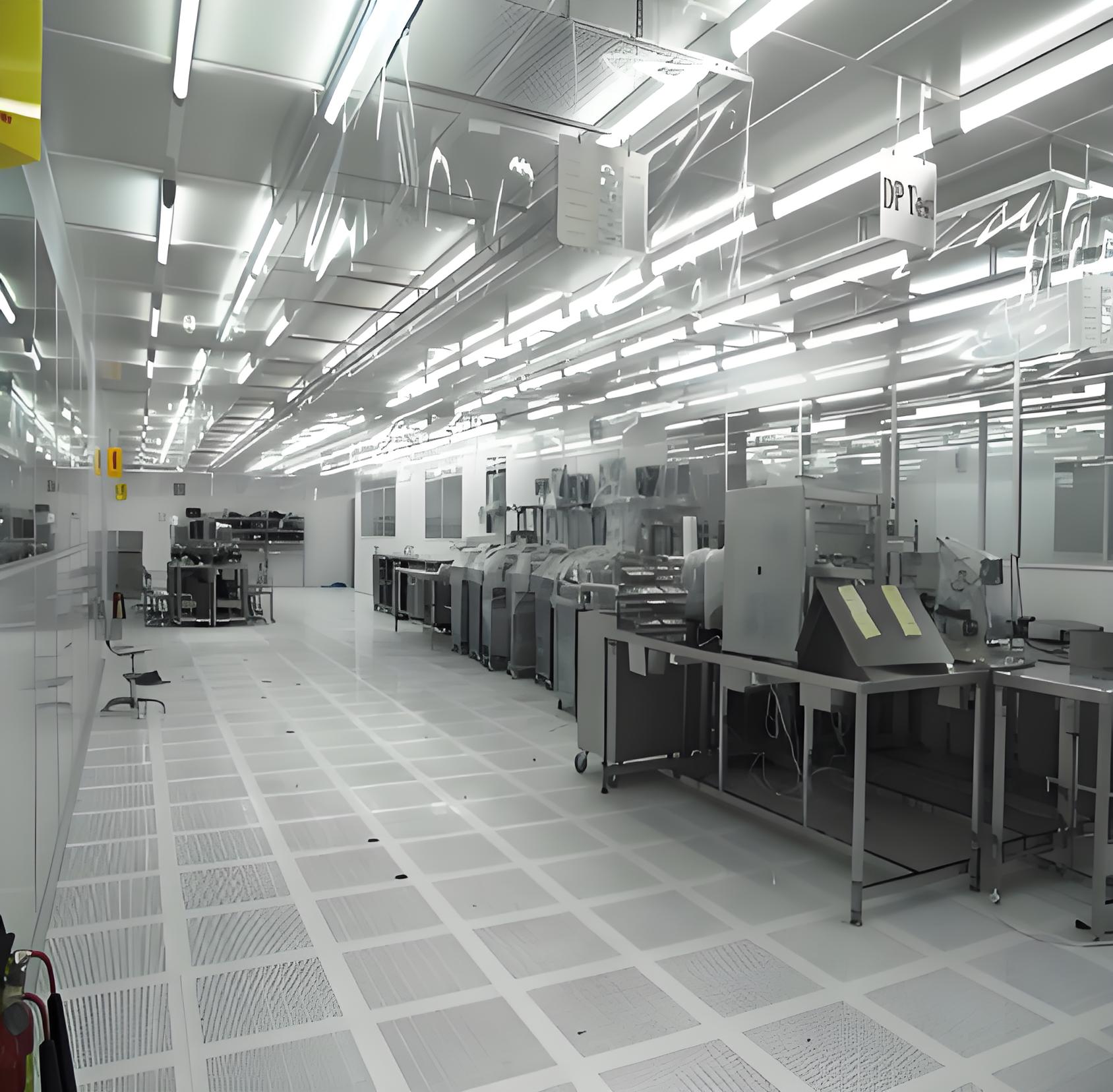
Investing in robust clean room HVAC control offers numerous benefits that extend beyond regulatory compliance. First, it enhances product quality and safety by minimizing contamination risks, which is especially critical in sectors like healthcare and electronics. Second, it improves operational efficiency through automated controls that reduce manual interventions and energy consumption. For example, smart clean room HVAC control systems can optimize airflow based on occupancy, cutting costs without compromising standards. Third, it prolongs equipment lifespan by maintaining stable conditions that reduce wear and tear. Fourth, it supports scalability, allowing facilities to expand or modify their clean rooms with adaptable clean room HVAC control solutions. Finally, it boosts stakeholder confidence by demonstrating a commitment to quality and safety. In summary, effective clean room HVAC control is a strategic asset that drives innovation, reduces risks, and delivers long-term value across industries.
Despite its importance, clean room HVAC control faces several challenges that can impact performance. One major issue is energy consumption, as these systems often run continuously. To address this, facilities can adopt energy-efficient technologies like heat recovery ventilators or VAV systems within their clean room HVAC control framework. Another challenge is maintaining consistency during operational changes, such as shifts in production volume. Implementing adaptive control algorithms in the clean room HVAC control system can help dynamically adjust parameters. Contamination from external sources or human error is also a risk; solutions include rigorous training, airlocks, and enhanced filtration. Additionally, system downtime due to component failures can be mitigated through preventive maintenance and redundancy in clean room HVAC control designs. By proactively identifying and addressing these challenges, businesses can ensure their clean room HVAC control systems remain reliable and effective.
In conclusion, clean room HVAC control is a vital element in maintaining the integrity of controlled environments across various industries. From its fundamental principles to advanced strategies and compliance requirements, understanding this system is essential for achieving optimal performance. By investing in quality components, adopting innovative control methods, and staying abreast of regulations, organizations can harness the full benefits of clean room HVAC control. As technology evolves, the future of clean room HVAC control will likely see greater integration with AI and IoT, further enhancing precision and efficiency. Ultimately, mastering clean room HVAC control is not just about meeting standards—it's about fostering a culture of excellence and innovation.
Q1: What is the primary purpose of clean room HVAC control?
A1: The primary purpose of clean room HVAC control is to maintain strict environmental conditions, including temperature, humidity, air pressure, and particle levels, to prevent contamination in sensitive areas like laboratories and manufacturing facilities. This ensures product quality, safety, and compliance with industry standards.
Q2: How does clean room HVAC control differ from standard HVAC systems?
A2: Unlike standard HVAC systems that focus on occupant comfort, clean room HVAC control emphasizes precision and contamination prevention. It uses advanced filtration, pressure control, and real-time monitoring to meet stringent cleanliness requirements, which are critical in industries such as pharmaceuticals and electronics.
Q3: What are the key standards that govern clean room HVAC control?
A3: Key standards include ISO 14644, which classifies clean rooms based on particle counts, and regulations like FDA cGMP for pharmaceuticals. These guidelines define parameters for air quality, airflow, and pressure differentials that clean room HVAC control systems must adhere to for certification and audits.
Q4: Can clean room HVAC control systems be energy-efficient?
A4: Yes, modern clean room HVAC control systems can be highly energy-efficient by incorporating technologies such as variable air volume (VAV) systems, energy recovery ventilators, and smart controls that optimize performance based on real-time data, reducing energy consumption without compromising environmental conditions.
Q5: What maintenance is required for a clean room HVAC control system?
A5: Regular maintenance for clean room HVAC control includes filter replacements, sensor calibration, duct cleaning, and system audits to ensure compliance. Preventive schedules, often based on manufacturer recommendations and usage, help prevent downtime and maintain optimal performance in clean room environments.